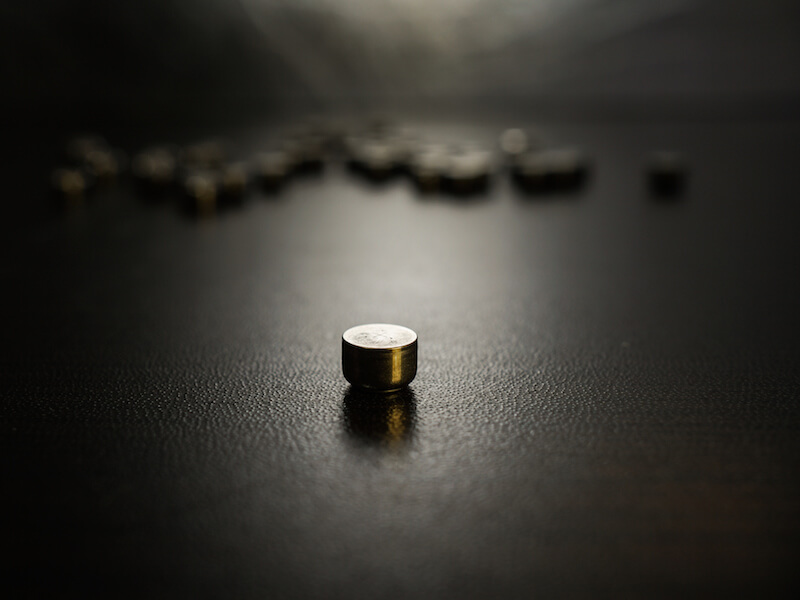
From cameras to phones to music players, how we power our electronics has advanced. For years, individuals looking to manage hearing loss have wished for a similar advancement, and the industry is finally realizing the promise of a powerful rechargeable hearing aid battery.
Disposable hearing aid batteries have historically been the power source of choice among manufacturers, with size 312 batteries serving as one of the more prevalent battery types. Nowadays, the most prominent version of these batteries is known as a “zinc-air” battery.
Disposable Hearing Aids Have a Disadvantage
As the name would indicate, a zinc-air battery is affected by the presence of air. The user needs to tear a little tab off the back of a 312 zinc-air battery in order to activate it.
They will start losing power as soon as they are fully oxygenated. So the power is draining even if the user isn’t currently using it.
The biggest drawback to disposable batteries, for the majority of users, is how short they last. With 312 batteries, the user may be changing the batteries in their hearing aids about 120 times every year because they drain in 3 to 12 days according to some reports.
Because of this, besides needing to purchase 120 batteries, the user will need to switch and properly dispose of batteries at least two times every week. That’s most likely over $100 in batteries from a cost outlook alone.
Rechargeable battery Advancements
Thankfully, for hearing aid wearers in search of another alternative, there have been profound developments to rechargeable hearing aids that now make them a viable option.
Studies have revealed that most people overwhelmingly prefer to wear rechargeable hearing aids. Until now these models have historically struggled to give a long enough charge to make them practical. But today’s rechargeable batteries will last all day without needing a recharge.
Users won’t see substantial cost benefits by changing to rechargeable batteries, but where they will see a demonstrated improvement is in quality of life.
These modern models provide less aggravation on top of keeping a 24 hour charge because the user doesn’t deal with the burden of constantly changing out the batteries. They just need to place the battery on the charger.
When a disposable battery nears the end of its life it won’t run your hearing aid at full power. There’s also no real way to identify how close to being inoperable the battery actually is. As a result, users chance putting themselves in a position where their battery might die at a critical time. Not only is this a safety concern, but users could miss important life moments because of a dead battery.
Types of Rechargeable Hearing Aid Batteries
There are distinct benefits to each of the different materials that rechargeable batteries are made of. Integrated lithium-ion batteries are one option being used by manufacturers because they can hold a charge for 24 hours. And smart-phones are powered by this same kind of battery which might be surprising.
Another type of contemporary rechargeable battery is a silver-zinc. Originally, these innovative batteries were developed for Nasa’s moon missions. With this technology, even your current hearing aids can most likely be updated to run on rechargeable power. These batteries, like lithium-ion, will also last all day before requiring a recharge.
There are also models that let you recharge the hearing aid without removing the battery at all. At night, or at some other time when the hearing aid is not being used, the entire hearing aid can be placed right into the charger
While all of these rechargeable strategies offers significant advantages over disposable batteries, each approach should be properly vetted to get a complete picture and to see if it’s best for you.
Take a look at our hearing aid section if you’re looking for more information about what battery would be the right choice for you or any other info about hearing aids.